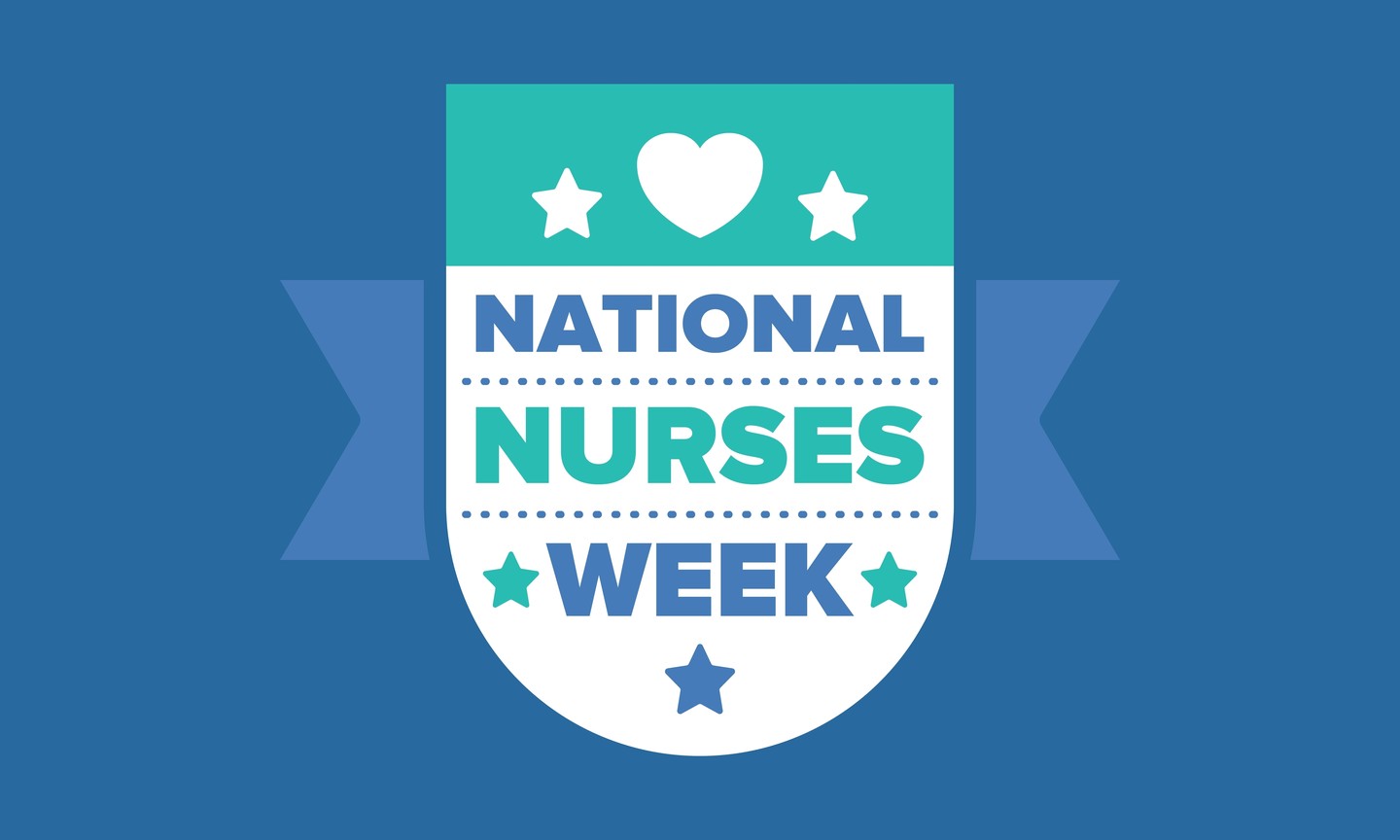Workplace health and safety are top of mind for employers, especially after a recent incident at a Mars factory, where workers fell into a vat of chocolate. To prevent such accidents, it’s important for businesses to incorporate Occupational Safety and Health Administration (OSHA) compliance into the DNA of company operations and management — and to work with brokers, insurers and consultants to handle complex situations.
OSHA compliance is a critical organizational element and its management tracks most closely with quality assurance components. OSHA is specific to workers, and workplace safety and health. The same systems used to ensure product/service quality compliance can also be applied to OSHA compliance management.
Insurance Protection
Most larger brokerage firms and carriers provide loss mitigation, risk management or risk assessment services. The basis for this work, particularly that performed by or for an insurer, is largely accountable to underwriting. The hazards and risks identified confer a value on the probability of potential losses.
Audit reports may identify certain deficiencies, but they may not always refer to the applicable OSHA standard, or what is involved with OSHA compliance. They rarely provide what the potential cost or risks of non-compliance are, except as it may impact premium or potential renewability of a policy. But it behooves operators to know how the violation could have resulted in, but for luck, significant injury or asset impairment, or repeated multiple citations for the same infraction, as well as levels of seriousness, and the fine schedule.
Consultants
When selecting an internal or external resource to manage OSHA compliance, it is key to ensure that the representative has a strong command of the subject. A specialist is more suitable than a generalist.
Specialists can conduct a comprehensive mock OSHA inspection, provide reviews, guidance, and training to prepare the entity for an inspection. This involves compliance programs, procedures, protocols, administrative engineering controls, and training documents.
Standards can apply based on industry, type of work, job tasks, exposures to physical, chemical, biological, behavioral hazards, and circumstances not specified by a particular standard, but which present a hazard posing a reasonable risk of serious injury to be covered under the general duty clause.
A consultant can teach the policyholder how best to handle an inspection under different scenarios. The next level of service would be the ability to negotiate citations and penalties, provide counsel on responses, coach clients through the contest, informal, and formal conferences process. There are strategies that can be effective to have violations reduced, dismissed, or at the very least, lowered to a “de minimis” status. Often this is relegated to a labor attorney. Meanwhile, it is best to have the experts evaluate and negotiate with the local agency that originated the violations from the onset before it develops into a legal issue.
No One-Size-Fits-All
Entities with multiple locations and operations are at greater risk. Citations and violations at one location or operation can be viewed as a previous violation even if it took place at another location or operation. This is considered a “Repeat” or even “Willful” citation because it is considered under “the same management. They are more unforgiving with hefty fines — the maximum penalty for such violations being $156,259 each.
There is no such thing as a certified OSHA consultant, but there are the basic 10- and 30-hour OSHA courses for General Industry and Construction. For small- to medium-sized employers, defined as up to 250 employees, however, there is an under-utilized option — OSHA offers free on-site consultations. This consultation unit is separate from enforcement and there is no risk of tipping off an inspection. However, the employer must agree to mitigate any serious findings as a prerequisite.
OSHA does not require a written Workplace Health and Safety Program, or Safety Committee. But these items are key in negotiating and fending off violations, citations and penalties. They are recognized as “good faith” efforts and considered as an offset.
As one considers approaching OSHA, ensure that the OSHA 300 Logs, and the accompanying 300A Summaries for the past five years have been properly completed and updated. It is also key to have all OSHA compliance policies, documents and protocols that are applicable, and to ensure the mandatory training covers the appropriate personnel, with adequate content coverage and qualified trainers. Review the physical plant safety for ergonomics, trips/slips/falls prevention, fire, warehousing, machine guarding, and all manner of potential chemical, physical and other hazards.
Contact a local OSHA consultant if the firm is a “small to medium sized employer.”
If a larger company or management prefers not to deal with the agency, seek out a qualified safety consultant who specializes in OSHA compliance management. Schedule an audit and review the findings. Let these steps be part of the Safety Action Plan and prioritize accordingly.
This content, OSHA Compliance in the Workplace, was originally shared by Insurance Journal on May 8, 2023.











